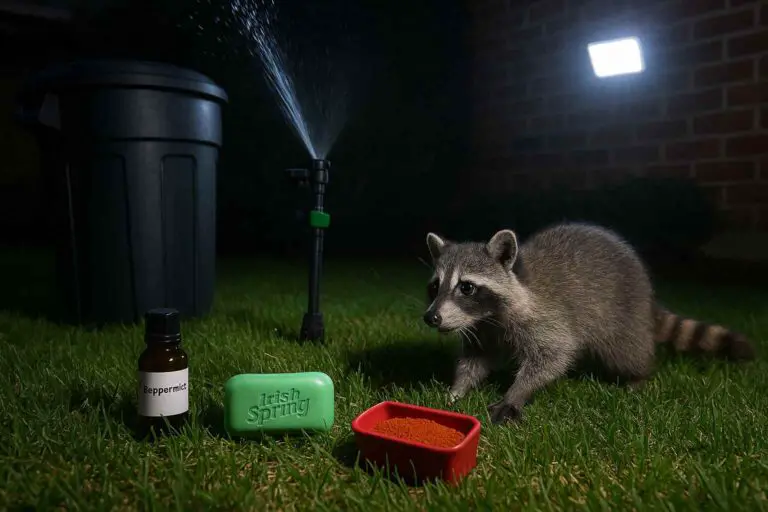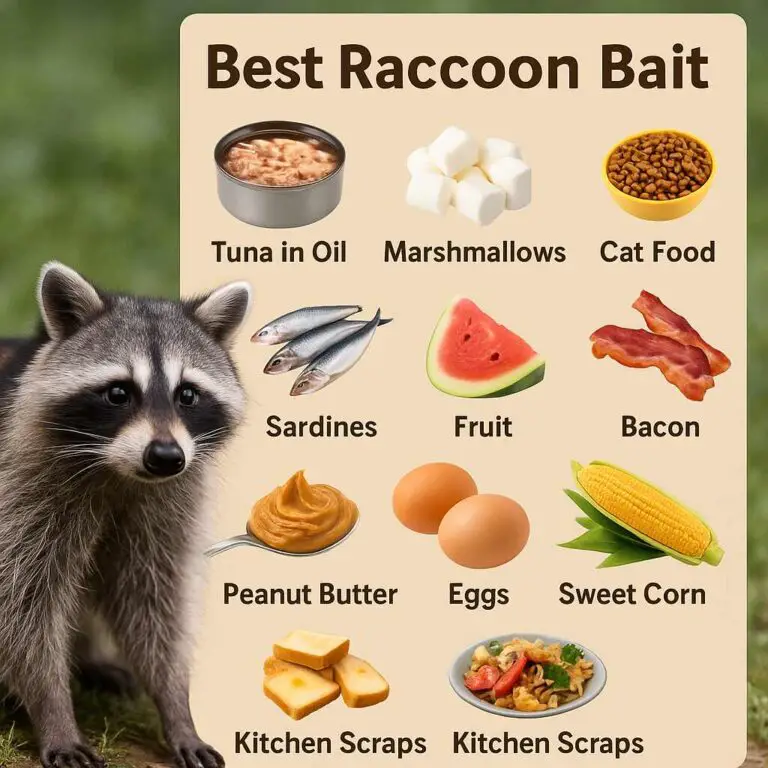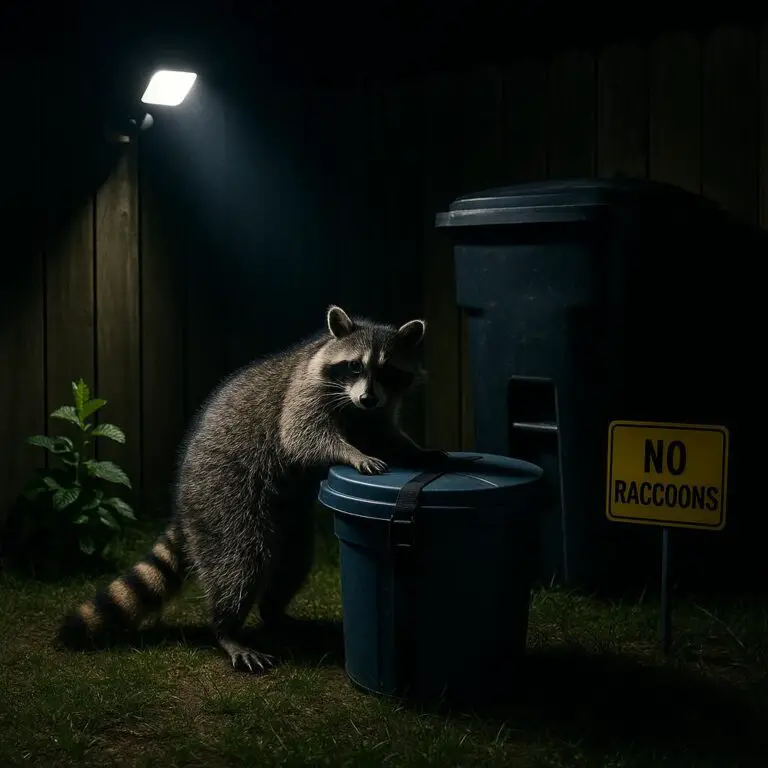Raccoons fighting sounds can be alarming to hear, but understanding the reasons behind these conflicts and knowing how to respond can help mitigate potential risks. Raccoons engage in fights for various reasons but the most common are territorial disputes, competition for resources, or mating competition.
In this guide, we’ll explore the reasons behind their fights, the sounds they make, and what to do if you encounter such situations.
Introduction to Raccoon Behavior
Before diving into the specifics of raccoon fighting sounds, it’s essential to understand raccoon behavior in general. Raccoons (Procyon lotor) are nocturnal mammals native to North America. They are highly adaptable and can thrive in various environments, from forests and urban areas to farmlands and marshes.
Raccoons are primarily solitary animals but can be social when necessary, especially during mating season or when raising young. They are opportunistic omnivores, meaning they eat a wide range of foods, including fruits, nuts, insects, small mammals, birds, and even garbage.
Despite their cute appearance, raccoons can be territorial and aggressive, particularly when defending their territory, food sources, or offspring. Conflict between raccoons, whether over resources or mating rights, can escalate into fights, which are often accompanied by distinctive vocalizations.
Why Do Raccoons Fight?
Understanding the reasons behind raccoon fights is crucial to managing and mitigating conflicts. Raccoons may engage in fights for several reasons:
1. Territorial Disputes:
Raccoons are territorial animals, and conflicts can arise when one raccoon encroaches upon another’s territory. Territories are typically established around food sources, shelter, or potential den sites. Male raccoons are particularly territorial, especially during the mating season when competition for mates is high.
2. Competition for Resources:
Raccoons are opportunistic feeders and may compete with one another for food, particularly in urban areas where food sources such as garbage bins are abundant. Competition for resources can escalate into aggressive encounters, especially if food is scarce.
3. Mating Competition:
During the breeding season, male raccoons may engage in fierce competition for access to females. This can lead to confrontations between rival males vying for mating rights, with fights often occurring as a means of establishing dominance.
4. Protection of Young:
Female raccoons are fiercely protective of their young, known as kits. If a mother raccoon perceives a threat to her offspring, she may become aggressive towards perceived intruders, including other raccoons.
Related article: What Sound Does a Raccoon Make
Vocalizations: What Do Raccoons Sound Like When They Fight?
Raccoons are known to produce a variety of vocalizations, which they use to communicate with one another. When engaged in fights or conflicts, raccoons may emit a range of sounds, each serving a specific purpose. Here are some common raccoon vocalizations you might hear during a fight:
1. Growls and Hisses:
Growling and hissing are typical defensive vocalizations in raccoons. These sounds indicate aggression and are often accompanied by bared teeth and raised fur. Growls and hisses serve as warnings to potential adversaries to back off or face aggression.
2. Screams and Screeches:
During intense conflicts, raccoons may emit high-pitched screams or screeches. These vocalizations are indicative of distress or pain and are often associated with physical altercations. Screams and screeches can be unsettling to hear and may signal a serious fight.
3. Chattering and Chirping:
Raccoons also produce chattering and chirping sounds, especially during territorial disputes or mating rituals. Chattering is a rapid succession of vocalizations, while chirping is a series of short, high-pitched sounds. These vocalizations can serve as warnings or as a means of asserting dominance.
4. Whimpers and Whines:
When injured or frightened, raccoons may emit whimpering or whining sounds. These vocalizations are softer and more plaintive than growls or screams and may indicate submission or a plea for mercy. Whimpers and whines are often heard during the aftermath of a fight.
What to Do If You Encounter Raccoons Fighting Sounds?
Encountering raccoons engaged in a fight can be a startling experience, especially if it occurs near your home or property. Here are some steps to take if you encounter raccoons fighting:
1. Remain Calm:
If you hear raccoons fighting nearby, try to remain calm and avoid approaching the animals. Raccoons are wild animals and may become aggressive if they feel threatened or cornered.
2. Keep Your Distance:
Maintain a safe distance from the fighting raccoons to avoid getting caught in the crossfire. Do not attempt to intervene in the fight or separate the animals, as this could result in injury to yourself or the raccoons.
3. Secure Pets and Children:
If you have pets or young children, bring them indoors or ensure they are safely away from the area where the raccoons are fighting. Raccoons may perceive pets or children as threats and could become aggressive towards them.
4. Contact Animal Control:
If the raccoons are causing a disturbance or posing a threat to human safety, contact your local animal control authorities for assistance. Trained professionals can safely handle wildlife conflicts and may be able to relocate the raccoons if necessary.
Conclusion
Raccoons fighting sounds can vary from growls and hisses to screams and screeches, depending on the intensity of the conflict. These vocalizations serve as warnings or expressions of distress, often accompanying territorial disputes, competition for resources, or mating competition.
“According to the Humane Society, raccoons are highly territorial creatures, with conflicts often escalating during mating season or when defending their young.” If you encounter raccoons fighting, it’s best to remain calm, keep your distance, and avoid intervening. Ensure the safety of pets and children by bringing them indoors, and contact animal control if the situation poses a threat to human safety. Understanding raccoon behavior and knowing how to respond can help mitigate conflicts and ensure the well-being of both humans and wildlife.




